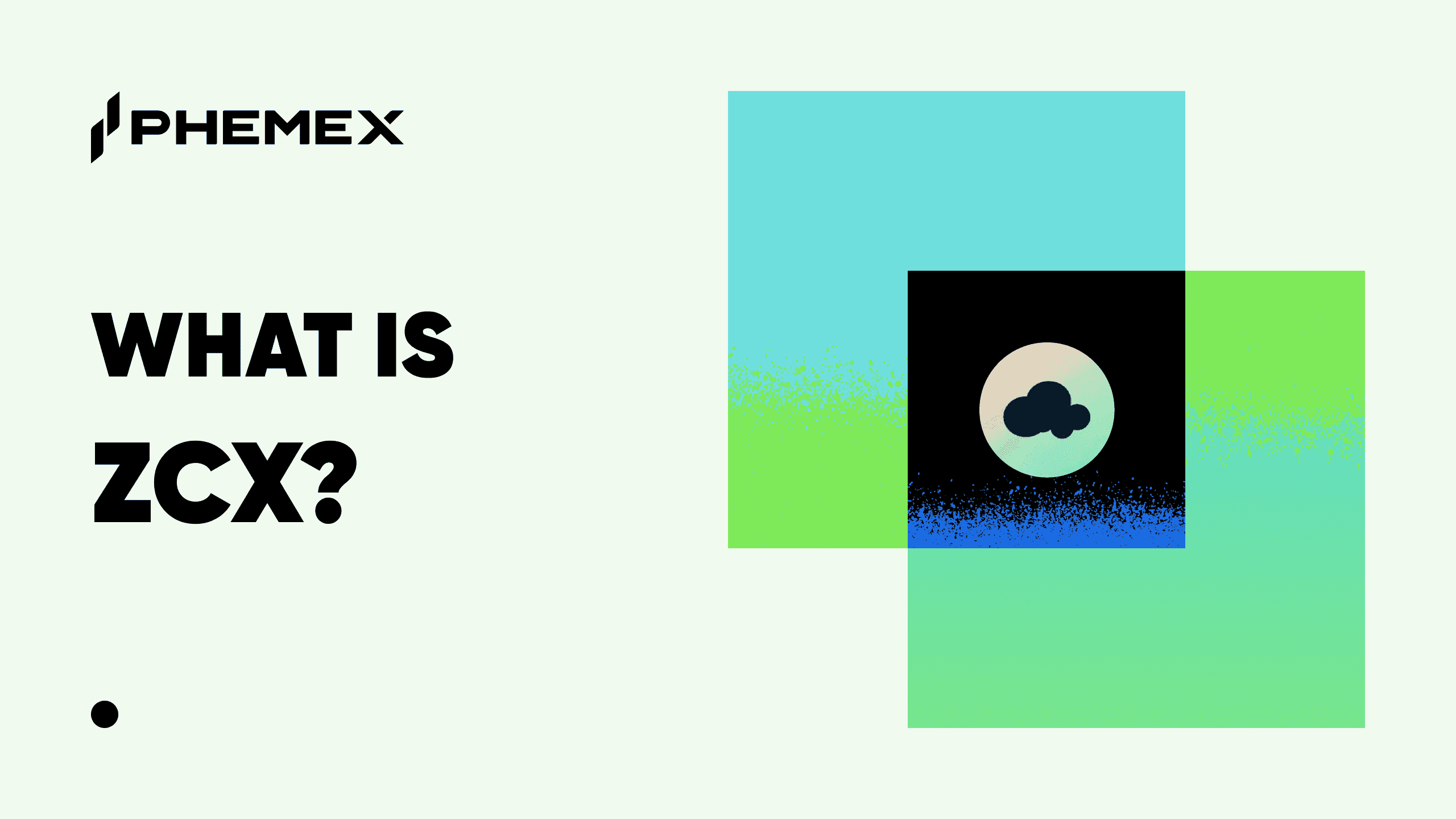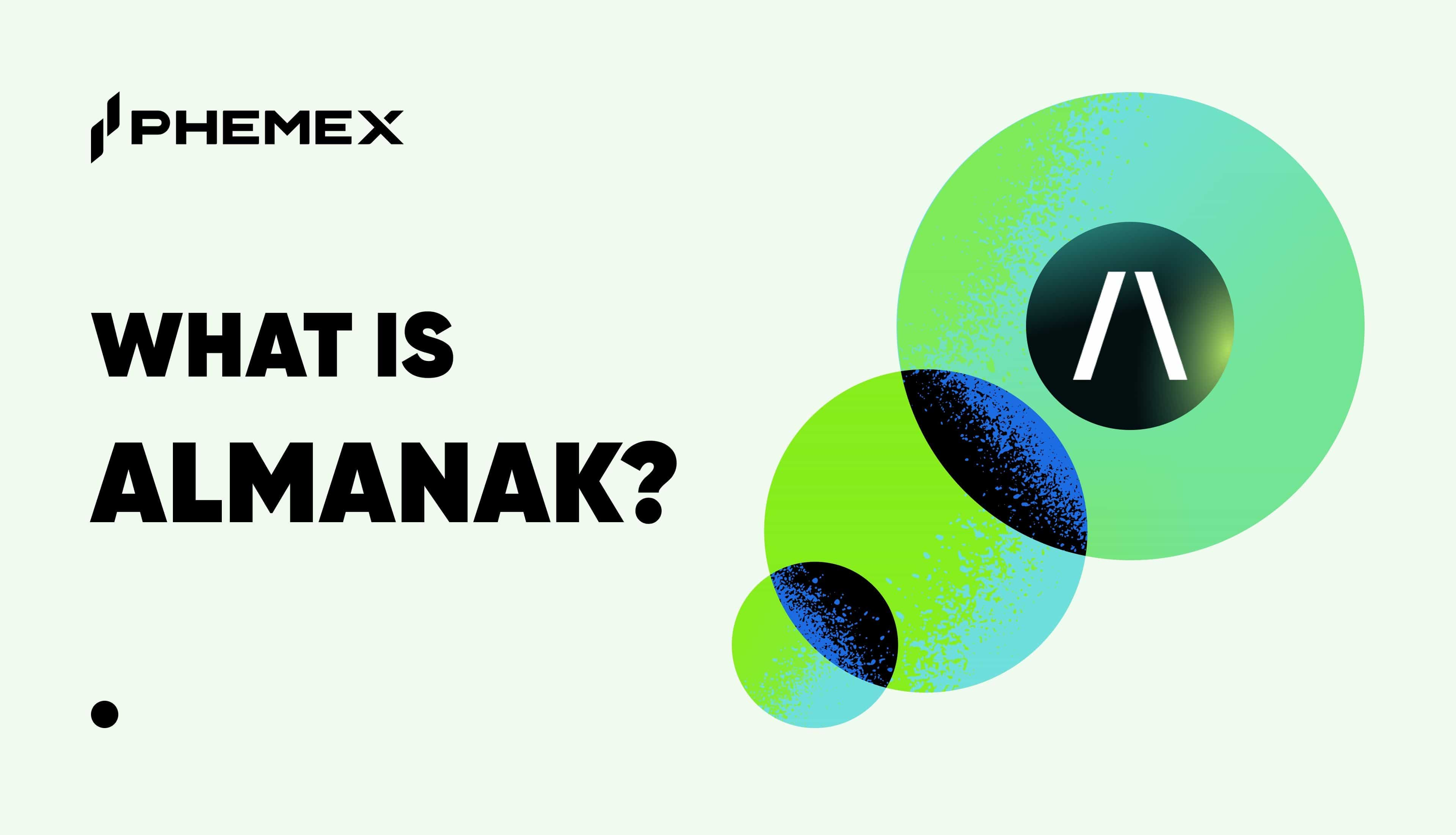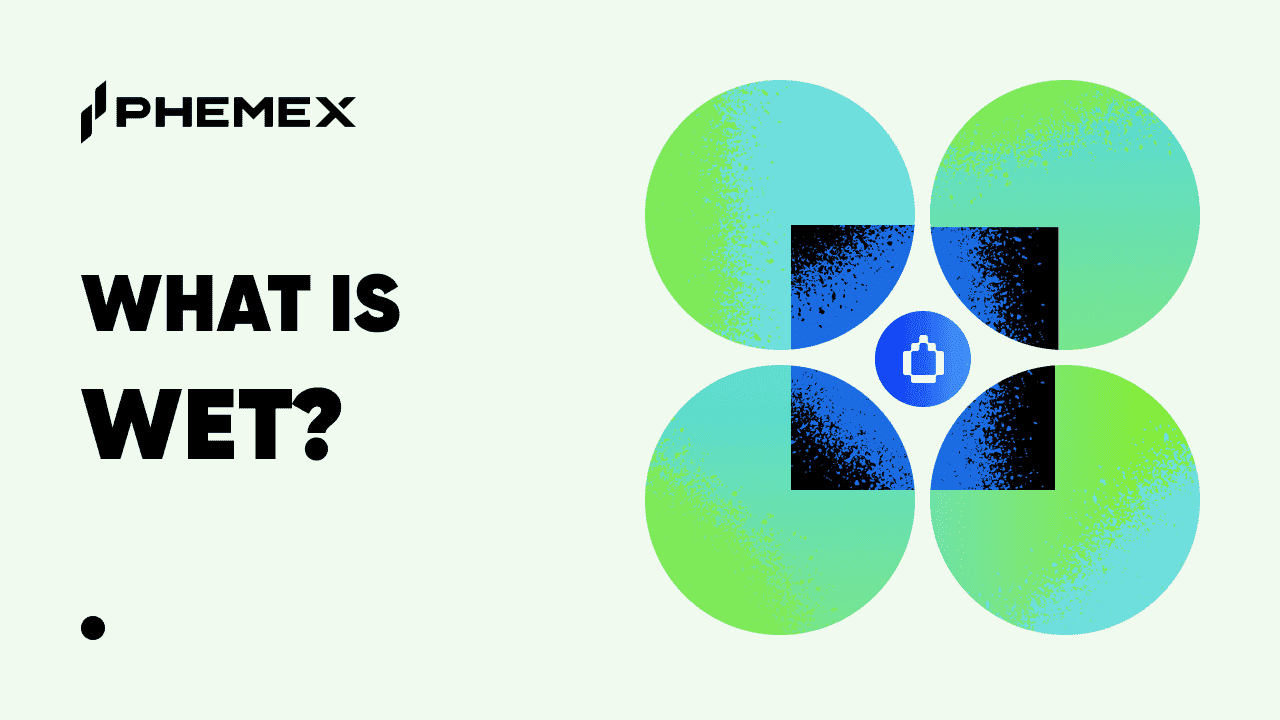In the rapidly evolving world of decentralized technologies, a new name has emerged, drawing considerable attention from the crypto community and beyond: Ether.fi (ETHFI). This article delves into the essence of Ether.fi, exploring its foundational principles, what sets it apart in the crowded blockchain space, and its significance in the broader context of blockchain innovation and financial sovereignty.
What is Ether.fi (ETHFI)?
At its core, Ether.fi is a decentralized, non-custodial delegated staking protocol that introduces a unique approach to Ethereum staking. With the creation of a Liquid Staking Derivative (LSD) token, Ether.fi enables users to stake their Ethereum in a way that is both flexible and secure. This innovation not only democratizes access to staking rewards but also preserves the decentralized ethos that is fundamental to the Ethereum community. By allowing stakers to maintain control over their keys, Ether.fi ensures that users have full custody of their assets, a critical feature for trust and security in the decentralized finance (DeFi) ecosystem.
Principles of Ether.fi (ETHFI)
Ether.fi is built on a set of core principles that distinguish it from other staking solutions. These include:
- Decentralization as a Primary Objective: Ether.fi is committed to maintaining a decentralized and non-custodial nature, ensuring stakers always have control over their ETH.
- Sustainable Business Model: Unlike platforms that rely on unsustainable economic models, Ether.fi is designed for longevity, with a clear, viable revenue model aimed at long-term success.
- Community Commitment: Ether.fi pledges unwavering support to the Ethereum community, promising transparency, accountability, and a willingness to correct mistakes promptly.
These guiding principles reflect Ether.fi's dedication to fostering a more open, secure, and sustainable DeFi ecosystem.
What Makes Ether.fi (ETHFI) Different?
Ether.fi introduces several innovative features that set it apart from existing staking protocols:
- Self-Custody of Staking Keys: Ether.fi empowers users to generate and hold their own staking keys, a stark contrast to other protocols where the staking process often results in relinquishing control to a third party.
- NFT Integration: For every validator launched via Ether.fi, an NFT is minted. This NFT not only signifies ownership but also stores metadata about the validator, creating a programmable layer atop the Ethereum staking infrastructure. This feature, especially when combined with the integration of EigenLayer, promises to unlock new possibilities for staking and node operation within the Ethereum ecosystem.
Operational Overview of Ether.fi (ETHFI)
Ether.fi operates through a phased approach, encompassing delegated staking, a liquidity pool for the LSD token (eETH), and a speculative phase focusing on node services. Here’s a brief outline:
- Delegated Staking: In this phase, Ether.fi allows stakers to delegate staking to node operators while retaining key custody. This process involves a unique NFT-based mechanism for validator management, ensuring transparency and security.
- Liquidity Pool and eETH: Stakers can participate in staking without owning 32 ETH by minting eETH through the protocol’s liquidity pool. This system simplifies the staking process and makes it accessible to a broader audience.
- Node Services: Though still in a speculative stage, Ether.fi plans to expand its ecosystem by enabling node operators and stakers to enroll in providing additional infrastructure services, further enriching the protocol’s capabilities.
The Importance of Ether.fi (ETHFI)
Ether.fi's approach to staking and its emphasis on decentralization, security, and user control represent a significant step forward in the quest for a more accessible and equitable DeFi landscape. By addressing some of the key challenges faced by the Ethereum community, such as the complexity of staking and the risks associated with custodial services, Ether.fi is paving the way for broader participation in Ethereum's network security and governance.
Moreover, the innovative use of NFTs for validator management and the potential for expanded node services underscore Ether.fi's commitment to leveraging blockchain technology's capabilities to create a more robust, efficient, and user-friendly staking ecosystem.
Where Can You Buy Ether.fi (ETHFI)?
Ether.fi tokens (ETHFI) are accessible on various centralized cryptocurrency exchanges, underscoring the token's growing popularity and liquidity. Binance stands out as the most popular exchange for buying and trading ETHFI, with the ETHFI/USDT pair experiencing a significant trading volume of $216,782,061 in the last 24 hours. This showcases the vibrant activity surrounding the token. Beyond Binance, other exchanges like OKX and KuCoin also support ETHFI, offering diverse options for investors and traders. Additionally, Phemex emerges as another platform where users can engage with ETHFI, further expanding its accessibility across the crypto ecosystem.
What is the Daily Trading Volume of Ether.fi (ETHFI)?
As of March 20, 2024, the daily trading volume of Ether.fi (ETHFI) stands at an impressive $445,863,399. This figure represents a substantial 52.20% increase from the previous day, indicating a significant uptick in market interest and activity. Such a rise in trading volume suggests growing investor attention and could be indicative of the market's bullish or bearish sentiments towards the token.
What is the Market Cap of Ether.fi (ETHFI)?
The market capitalization of Ether.fi (ETHFI), as of March 20, 2024, is $480,656,230, positioning the token at rank #185 on CoinGecko. The market cap is a critical metric, as it provides insight into the token's overall market value, calculated by multiplying the current token price by the circulating supply of ETHFI tokens, which stands at 120 million. This valuation offers a snapshot of Ether.fi's market size and significance relative to other cryptocurrencies, highlighting its role and potential impact within the broader DeFi and cryptocurrency markets.
Conclusion
Ether.fi's introduction into the DeFi space brings a blend of innovation, security, and decentralization that addresses some of the core challenges facing Ethereum staking. The ETHFI token, as the protocol's governance token, plays a crucial role in this ecosystem, providing liquidity, governance, and incentive mechanisms for participants. Its availability across multiple exchanges, coupled with significant trading volume and market cap, underscores the community's interest and the potential for future growth. As Ether.fi continues to evolve, it stands as a testament to the ongoing innovation within the DeFi sector, offering users new ways to engage with and benefit from decentralized finance.
Read More
- What Does the DeFi Hype Mean for ETH?
- https://phemex.com/academy/defi
- What is GameFi &How does it Work?
- What are Eth ETFs & How do they Work?
- Ethereum 2.0 – Everything You Need to Know
- What Is DeFi: How To Be Your Own Bank With $100
- What is Fetch.ai (FET) & How does it Work?
- Phemex Analysis in A Minute: How to Capitalize on ETH's Bull Run!








